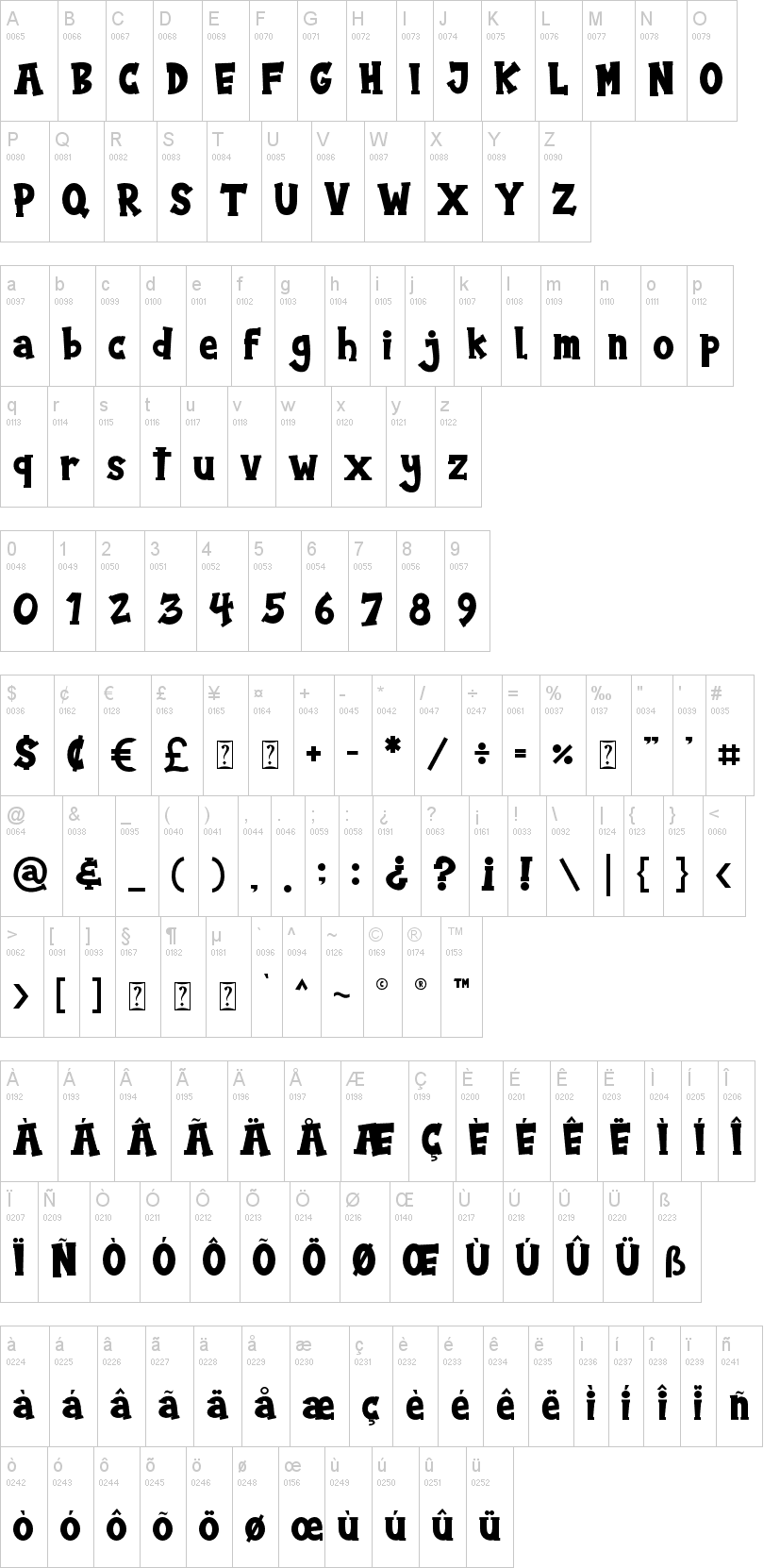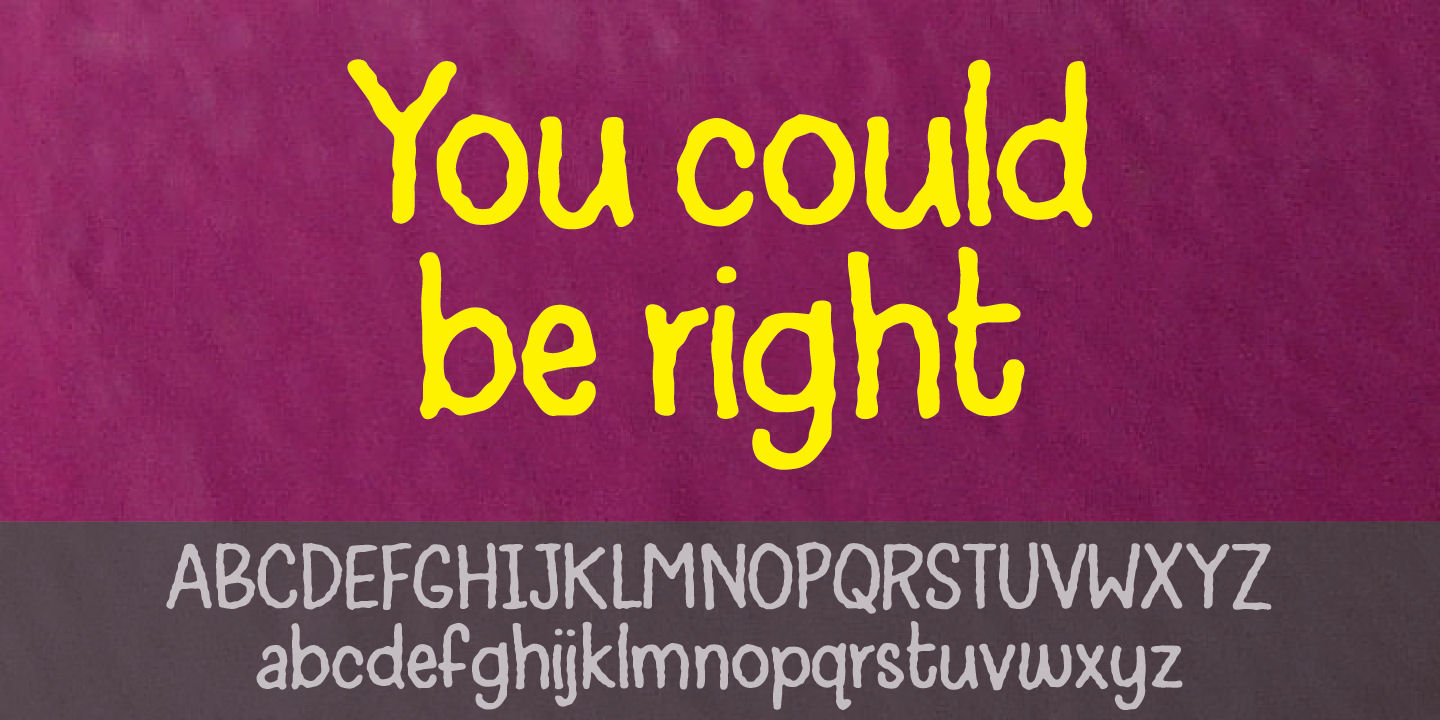
Among the best inaugural poems are the ode "A la piña" by Zequeira and "Silva cubana" by Rubalcava.Ĭuban neoclassicism (ca. The ode to indigenous nature became the tone and primary theme of Cuban poetry. This can be affirmed not only by the quality of their respective works, but also by their typical Cuban style, which had already grown apart from that of Spain. True Cuban poetic tradition began with Manuel de Zequeira y Arango and Manuel Justo de Rubalcava toward the end of the 18th century, despite the fact that Espejo de paciencia had been published a century and a half earlier. It is a comedy portraying the artificial expressions of the time, with occasional reminiscences of Lope de Vega, Calderón de la Barca and Augustín Moreto. It was not until 1739 that the first play by a Cuban appeared in Sevilla under the title El príncipe jardinero y fingido Cloridano ("The Garden Prince and the Hypocritical Cloridano") by Santiago Pita. The first literary work written on the island dates to the 17th century, when in 1608 Silvestre de Balboa y Troya de Quesada (1563–1647) published Espejo de paciencia, a historical epic poem in royal octavo that narrates the capture of the friar Juan de las Cabezas Altamirano by the pirate Gilberto Girón.Ĭuban writing began with poetry, and there were few other significant works written in the 17th century. The most important cronista to arrive in Cuba in the 16th century was Bartolomé de las Casas, a friar who authored, among other texts, the History of the Indies.

The conquistadors brought with them cronistas who recorded and described all important events, although they did so with the Spanish point of view and for the Spanish reading public. Spanish language literature began in the Cuban territory with the Spanish conquest and colonization. Some well-known names include Daína Chaviano (USA), Zoé Valdés (France), Eliseo Alberto (Mexico), Pedro Juan Gutiérrez (Cuba), Antonio Orlando Rodríguez (Cuba) and Abilio Estévez (Spain).Ĭuban literature is one of the most prolific, relevant and influential literatures in Latin America and all the Spanish-speaking world, with renowned writers including José Martí, Gertrudis Gómez de Avellaneda, José María Heredia, Nicolás Guillén (the National Poet of Cuba), José Lezama Lima, Alejo Carpentier (nominee for the Nobel Prize for Literature and previously the Premio Cervantes winner in 1977), Guillermo Cabrera Infante (Premio Cervantes, 1997), Virgilio Piñera and Dulce María Loynaz (Premio Cervantes, 1992), among many others.

Many of them fled abroad during the 1990s. Many writers of this younger generation have felt compelled to continue their work in exile due to perceived censorship by the Cuban authorities. Most recently, there has been a so-called Cuban "boom" among authors born during the 1950s and '60s. And a few more, such as Reinaldo Arenas and Guillermo Cabrera Infante, earned international recognition in the postrevolutionary era.


Others, including Dulce María Loynaz, José Lezama Lima and Alejo Carpentier, dealt with more personal or universal issues. Writers such as the poet Nicolás Guillén focused on literature as social protest. Dominant themes of independence and freedom were exemplified by José Martí, who led the modernista movement in Latin American literature. Following the abolition of slavery in 1886, the focus of Cuban literature shifted. Notable writers of this genre include Gertrudis Gomez de Avellaneda and Cirilo Villaverde. The major works published in Cuba during that time were of an abolitionist character. It began to find its voice in the early 19th century. Cuban literature is the literature written in Cuba or outside the island by Cubans in Spanish language.


 0 kommentar(er)
0 kommentar(er)
